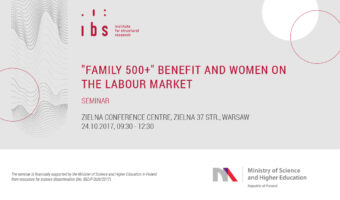- Place
- Zielna Conference Centre
- Adress
- Zielna 37 Str., Warsaw
- Beginning
- 2017-10-24 / 9:30
- End
- 2017-10-24 / 12:30
Since the introduction of the “Family 500+” programme, fears were raised that the programme would likely decrease the economic activity of mothers, which is already lower than that of fathers and women without children. The latest research on the actual impact of the programme on the mothers’ economic activity were presented during the seminar.
The impact of the “Family 500+”programme – projections

Michał Myck (Centre for Economic Analysis – CenEA) presented the first analyses of the impact of the “Family 500+” benefit on women’s professional activity. The study was based on the simulation model. Myck argued that “Family 500+” benefit will reduce labour supply among families with children by 235,000 individuals. The estimated effect will be especially strong among mothers with primary or secondary education, living in rural families with one or two children. Myck empahsized that this will not be a one-off event but a rather gradual one.
Symulacje sugerują, że reforma będzie miała wpływ zarówno na rodziców samotnie wychowujących dzieci (25 tys.), jak i na tych żyjących wspólnie z małżonkiem (ponad 200 tys.), w dużej mierze w tych rodzinach, w których przed wprowadzeniem świadczenia wychowawczego pracowało obydwoje rodziców. Na dzień dzisiejszy trudno ocenić jaki będzie ostateczny efekt reformy, gdyż duży wpływ na to będzie miała sytuacja na rynku pracy i kształtowanie się płac względem wysokości wypłacanych świadczeń (-> zobacz prezentację w j.angielskim).
Economic activity of mothers after the introduction of the programme
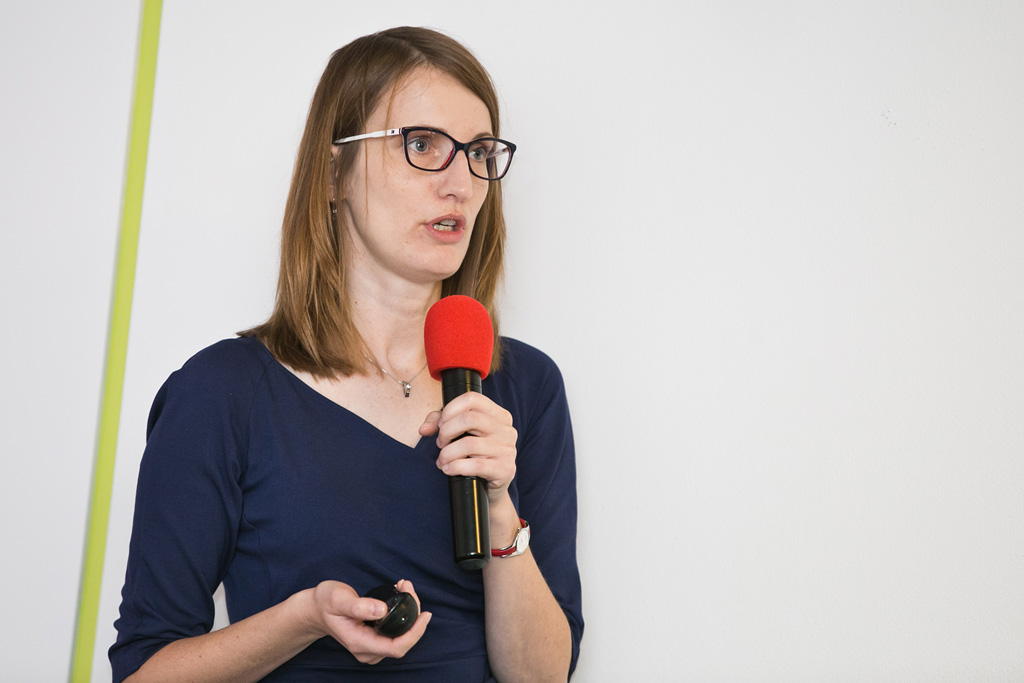
Iga Magda (Institute for Structural Research – IBS) presented the study on how mothers actually behaved in the labour market after the introduction of the “Family 500+” programme. In 2016 unemployment rate decreased both for men and women but among women it was to a larger extent driven by becoming economically inactive. Although the labour force participation rate of women without children increased, it decreased for women with at least one child.
agda showed that in the second half of 2016, the number of women who became economically inactive as a result of the “Family 500+” benefit ranges from 40 thousand to 55 thousand. The results were likely heterogeneous across educational groups. The research conducted by Iga Magda and Aneta Kiełczewska does not allow to determine how much of this effect was one-off, and whether and how the benefit introduction affects women’s re-entry to the labour market or professional activity of men.
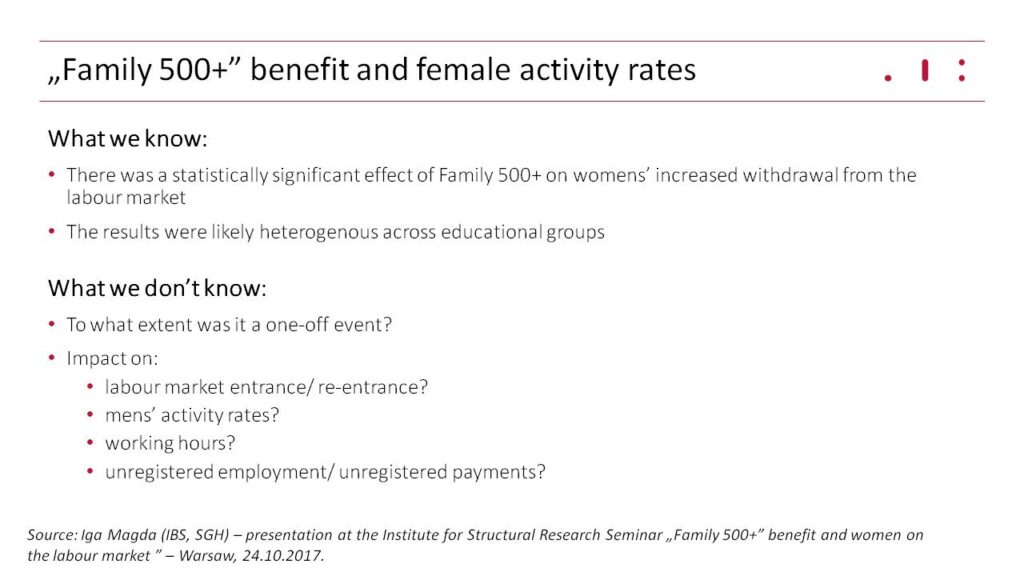
Can Polish parents afford to work?
The access to preschool child care services is still highly limited in Poland. Thus, parents are often forced either to spend lots of money on private child care services or to give up work and look after children themselves. Matteo Morgandi (World Bank) presented his and Ali Bargu work on labour supply incentives of social benefits and childcare costs in Poland. Theirs results show that, in its current form, the system of family benefits in Poland is likely to discourage parents from working, especially when we account for the cost of private child care. In the second part of his presentation Morgandi focused on solutions which could improve the current system of social benefits. He emphasized that, on the one hand, it is crucial to expand the provision of subsidized public and private child care. On the other hand, he stressed that introducing a taper to “Family 500+” benefit, as recently done with other family benefits, will likely increase parents’ incentives to work.
If, why and how to increase women’s labour market activity?
Panel discussion chaired by Grzegorz Osiecki (Dziennik Gazeta Prawna) was the final part of the seminar. It was participated by Lech Antkowiak (Warsaw Labour Office), Anna Karaszewska (Jobs First), Paweł Kubicki (Warsaw School of Economics – SGH) and Barbara Surdykowska (The Independent and Self-Governing Trade Union „Solidarność”).
All speakers agreed that we should support economic activity of women and there is a battery of reasons for doing so. For one, women’s economic inactivity may pose a threat for the public finances. Second, low economic activity of women translates into their low pensions in the future, making them financially dependent on their partners – now and when they retire.
The question on how to increase women’s participation in the labour market is a more difficult one. According to Lech Antkowiak, deputy director of the Warsaw Labour Office, current outreach activities are not really effective in reaching out to women who are economically inactive and are not registered in labour offices. Although Polish labour market has been flourishing for over a year, some groups including women still face barriers to enter employment. Thus, comprehensive structural solutions are needed.
Job flexibility supports women’s participation in the labour market
All experts highlighted the importance of job flexibility in encouraging women to work. The share of part-time workers in Poland is very low. It amounts to 6.2% (9.5% among women) in 2016, compared to 18.9% (31.4% among women) on average in the EU (Eurostat data). Barbara Surdykowska (The Independent and Self-Governing Trade Union „Solidarność”) argued that the source of this problem often lies in employers’ reluctance to create part-time jobs. Antkowiak added that there are hardly any part-time job offers in local labour offices. In his opinion, it is worth talking to employers and convincing them that part-time work can be beneficial not only for employees, but also for them.
The problem of inflexible benefits for parents of disabled children
The issue of employment of parents of children with disabilities was raised by Paweł Kubicki (Warsaw School of Economics). He argued that access to day-care is crucial for their economic activity. He also pointed to the problem of very inflexible care allowance which does not allow any paid employment of a parent caring for a disabled child.
At the same time, Kubicki stressed that both the “Family 500+” benefit and other Polish family policy instruments support the traditional division of roles in families with fathers working professionally and mothers taking care of children. Such a division is disadvantageous and difficult not only for women but also for men, who shoulder the entire burden of providing financial stability to the family. Thus, policies should support and encourage combining work and family life for both men and women.

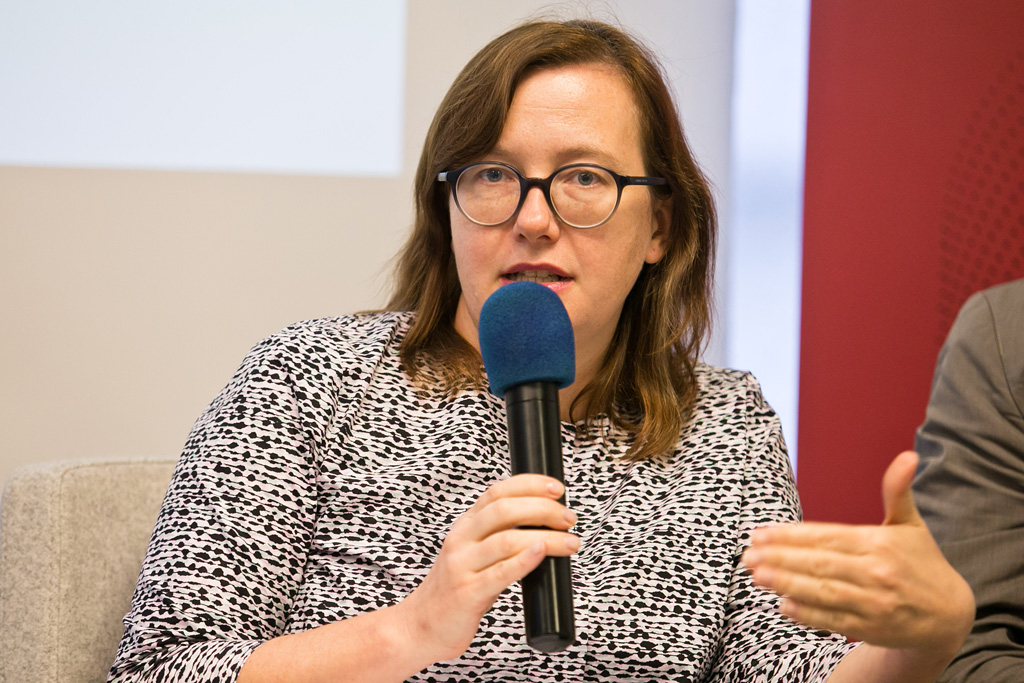
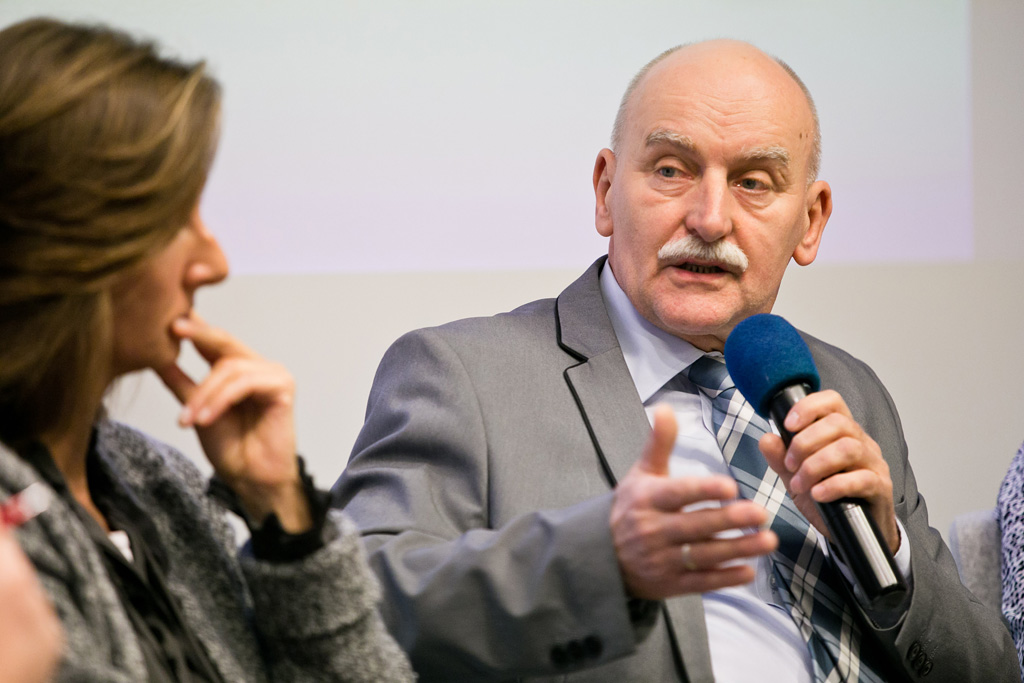

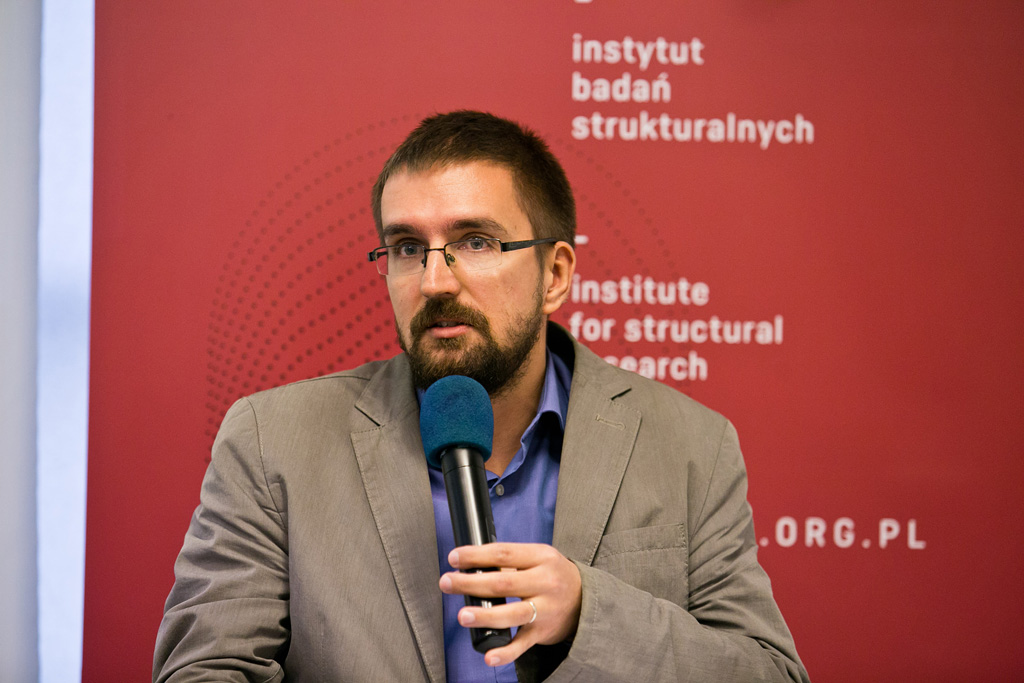
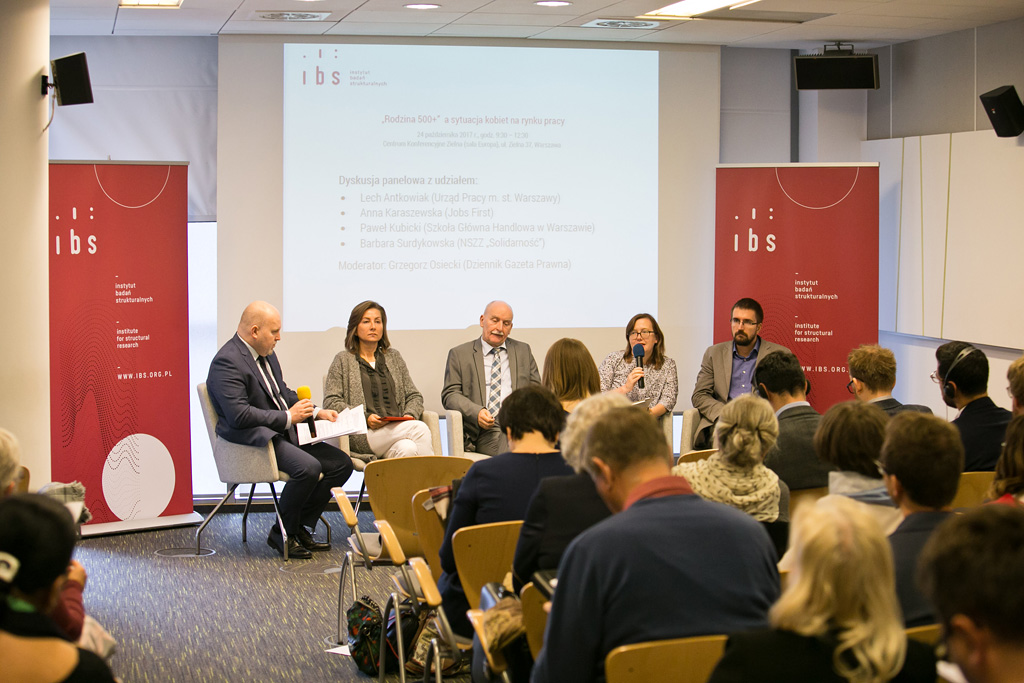
If you want women to work – reduce the gender pay gap
Anna Karaszewska (Jobs First) likewise argued that the “Family 500+” programme is likely to negatively affect economic activity of women. She claimed that after the programme was introduced, women had largely withdrew from employment programmes targeted at unemployed. Karaszewska stressed that the low profitability of employment is another obstacle to women’s participation in the labour market. She underlined that women often earn substantially less than men, even though their job and responsibilities are exactly the same. This is particularly true for women in the lower tail of the wage distribution. She concluded that measures aimed at reducing gender pay gap in Poland would likely encourage women to work.
ak, rk
Videos ↓
by: Kuba Kiljan
Photo gallery ↓
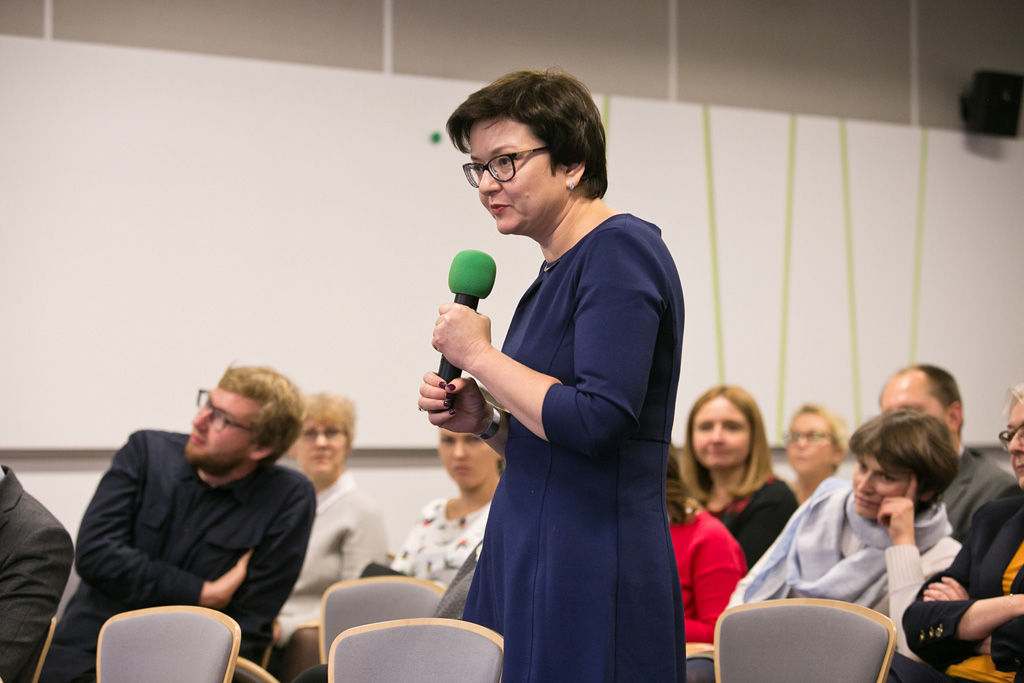
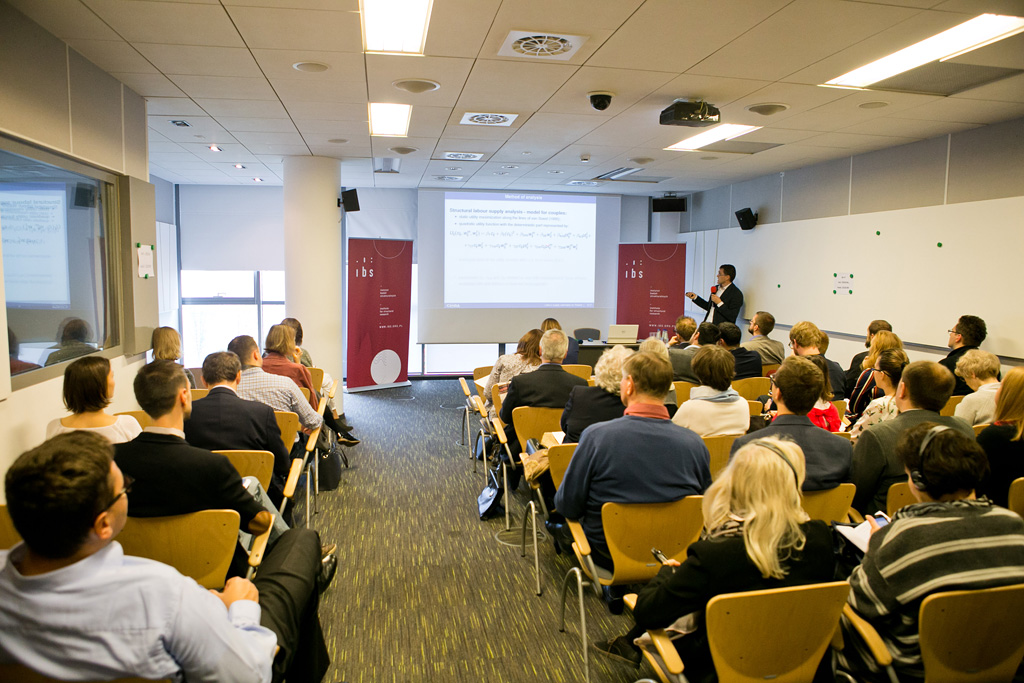


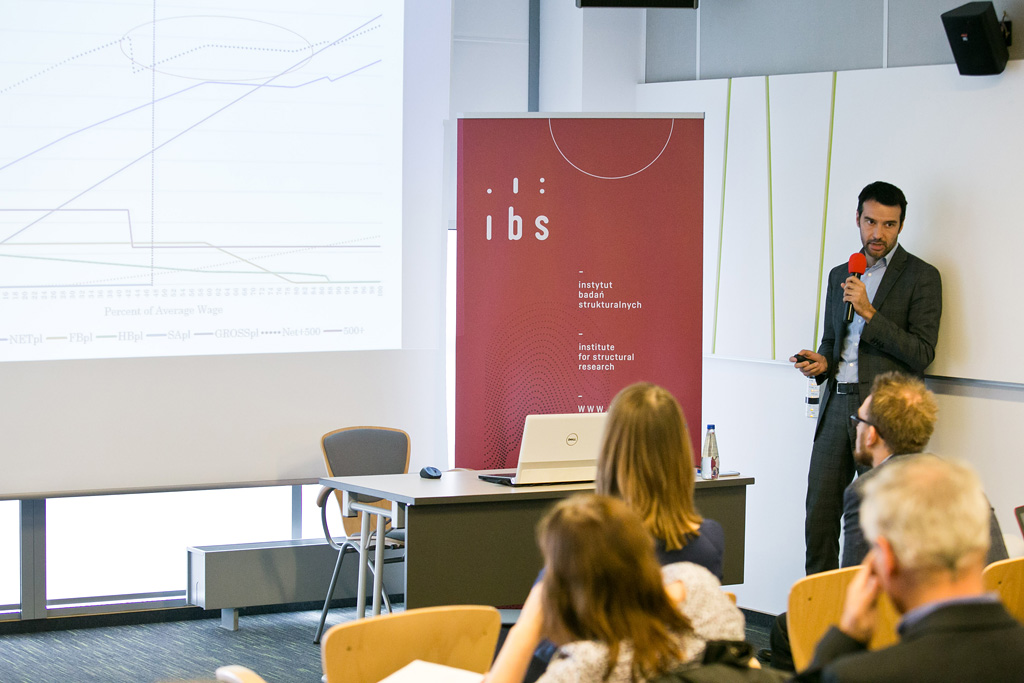


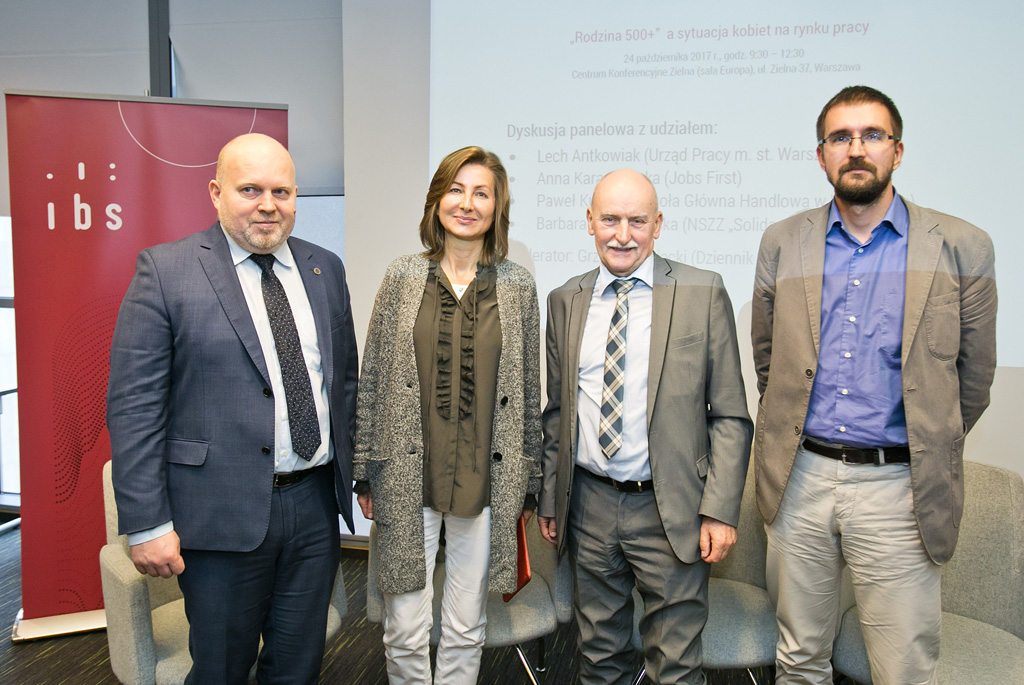

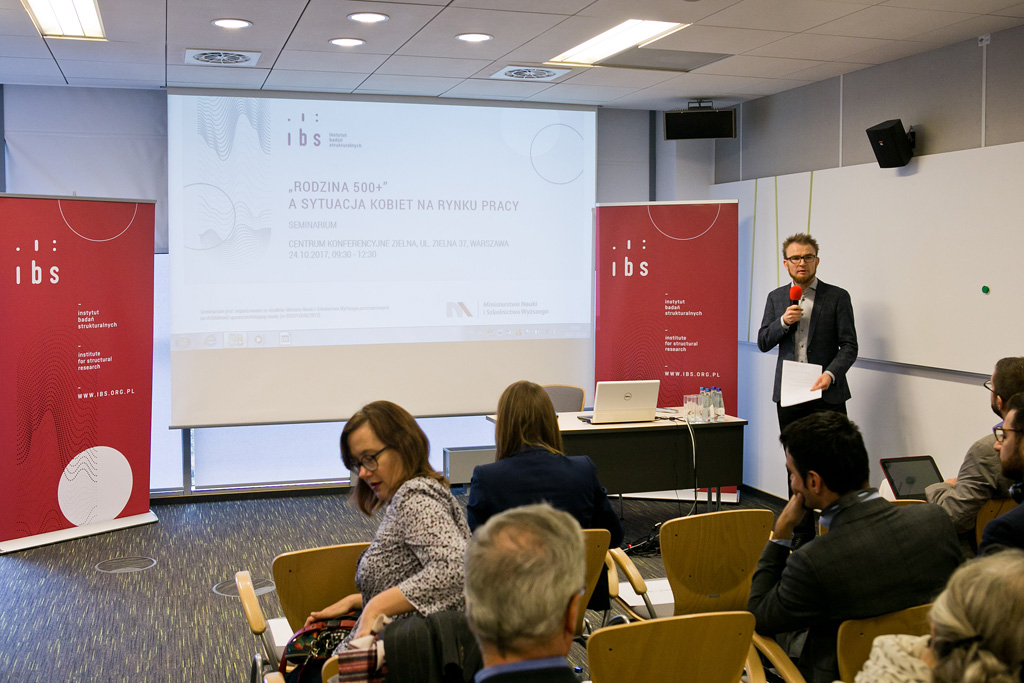

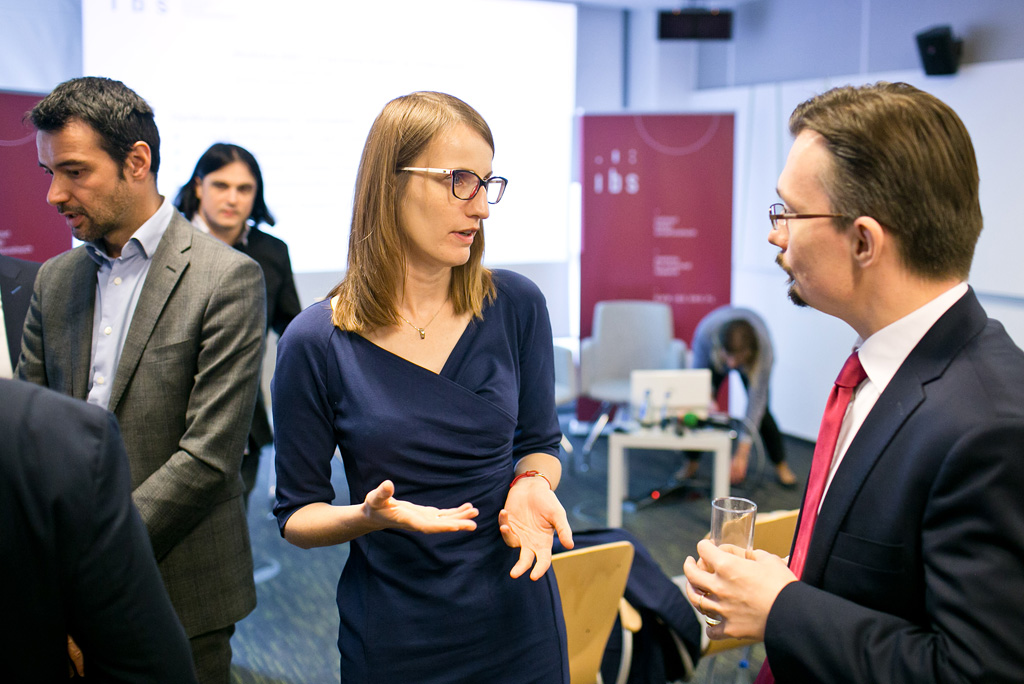

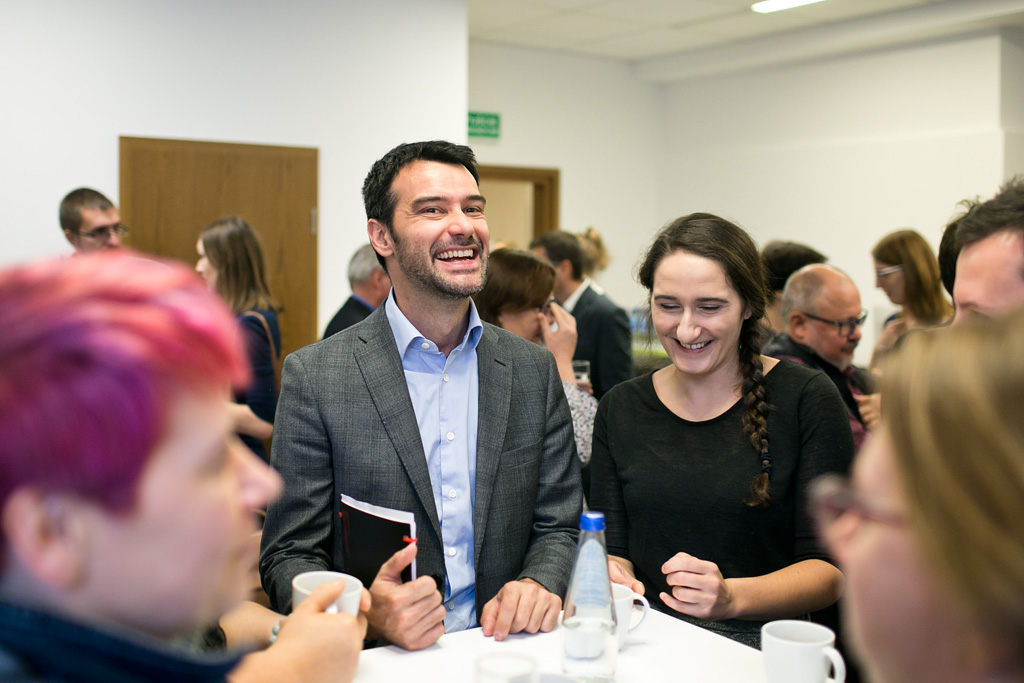

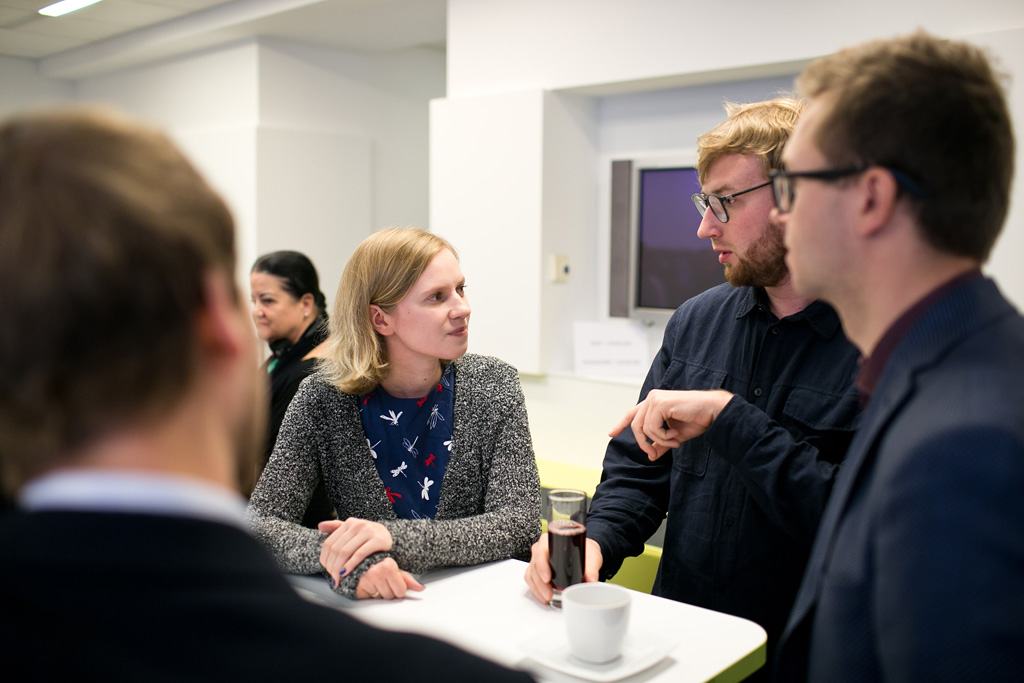

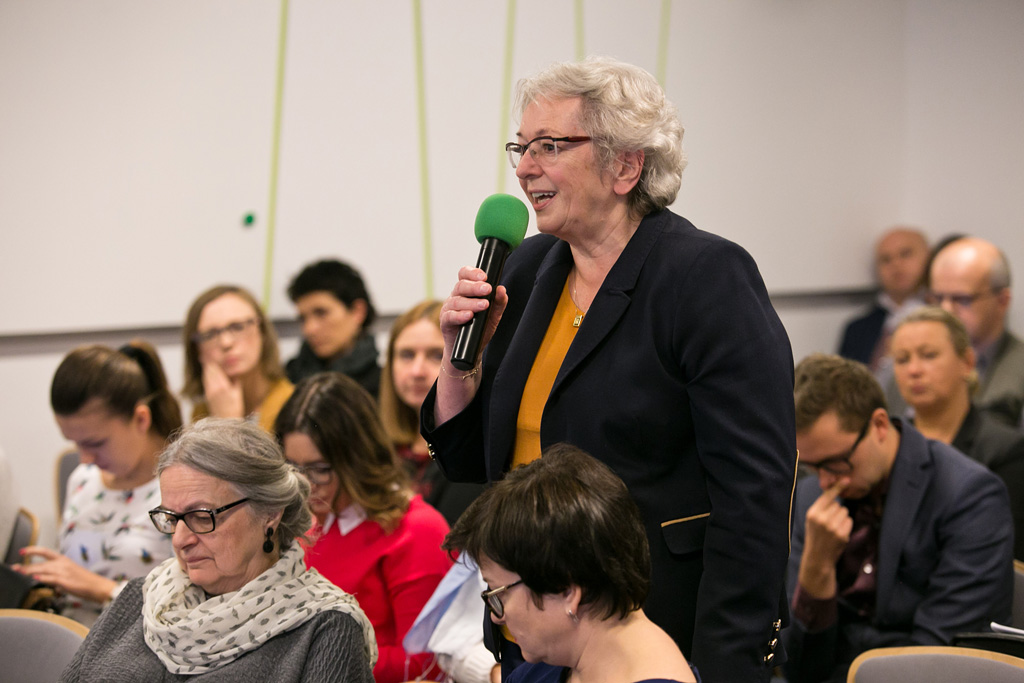
photos: Kuba Kiljan (photo gallery)
***
The seminar was financially supported by the Minister of Science and Higher Education in Poland from resources for science dissemination (No. 892/P-DUN/2017).

 IBS_seminar_500plus_24.10.2017_agenda.pdf
IBS_seminar_500plus_24.10.2017_agenda.pdf
 M.-Myck-Modelling-labour-supply-in-Poland-elasticity-estimates-and-policy-simulations-1.pdf
M.-Myck-Modelling-labour-supply-in-Poland-elasticity-estimates-and-policy-simulations-1.pdf
 2.-I.Magda-Family-500-benefit-24.10.2017-1.pdf
2.-I.Magda-Family-500-benefit-24.10.2017-1.pdf
 M.-Morgandi-Can-mothers-afford-to-work-in-Poland-1.pdf
M.-Morgandi-Can-mothers-afford-to-work-in-Poland-1.pdf


